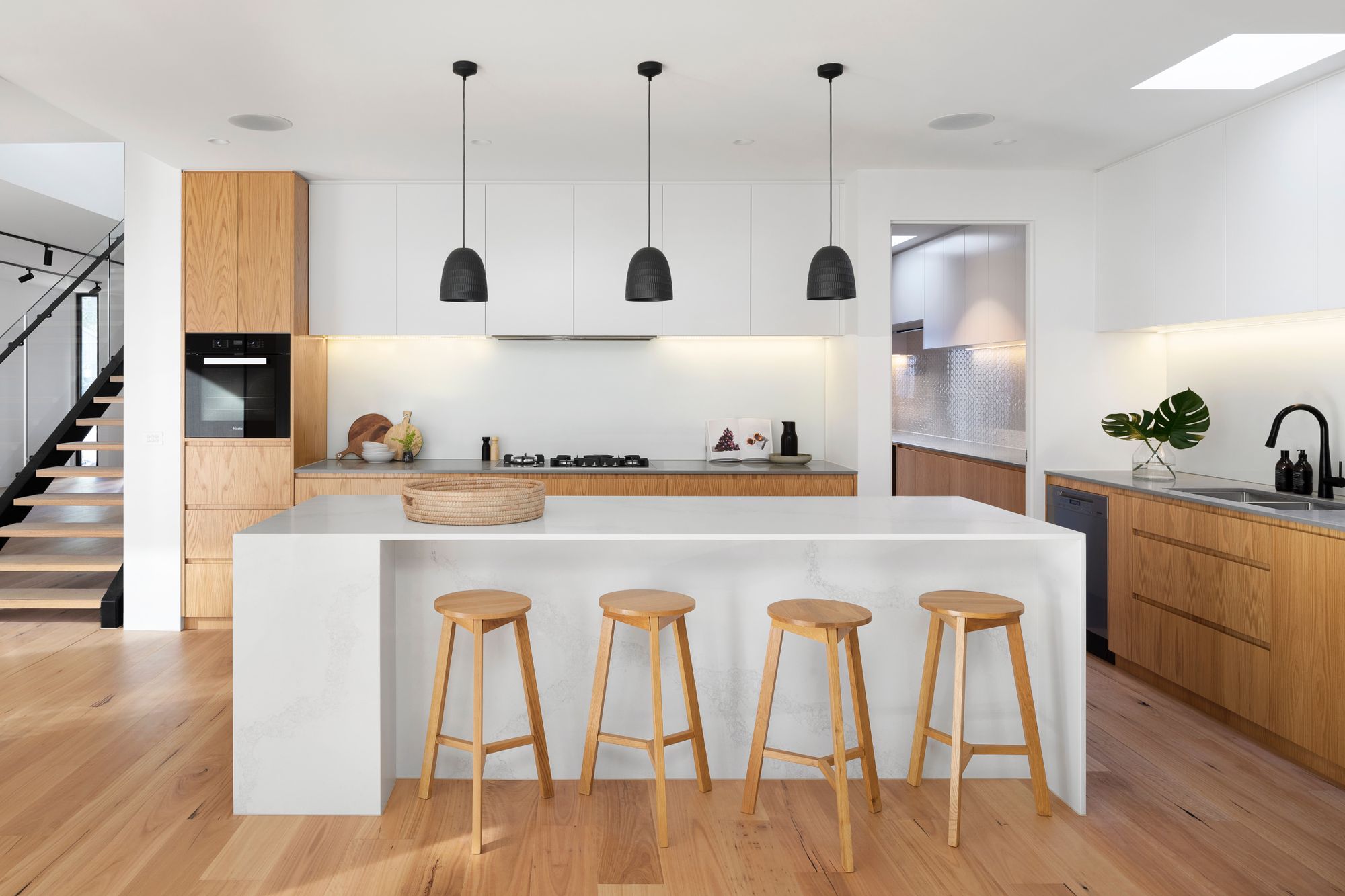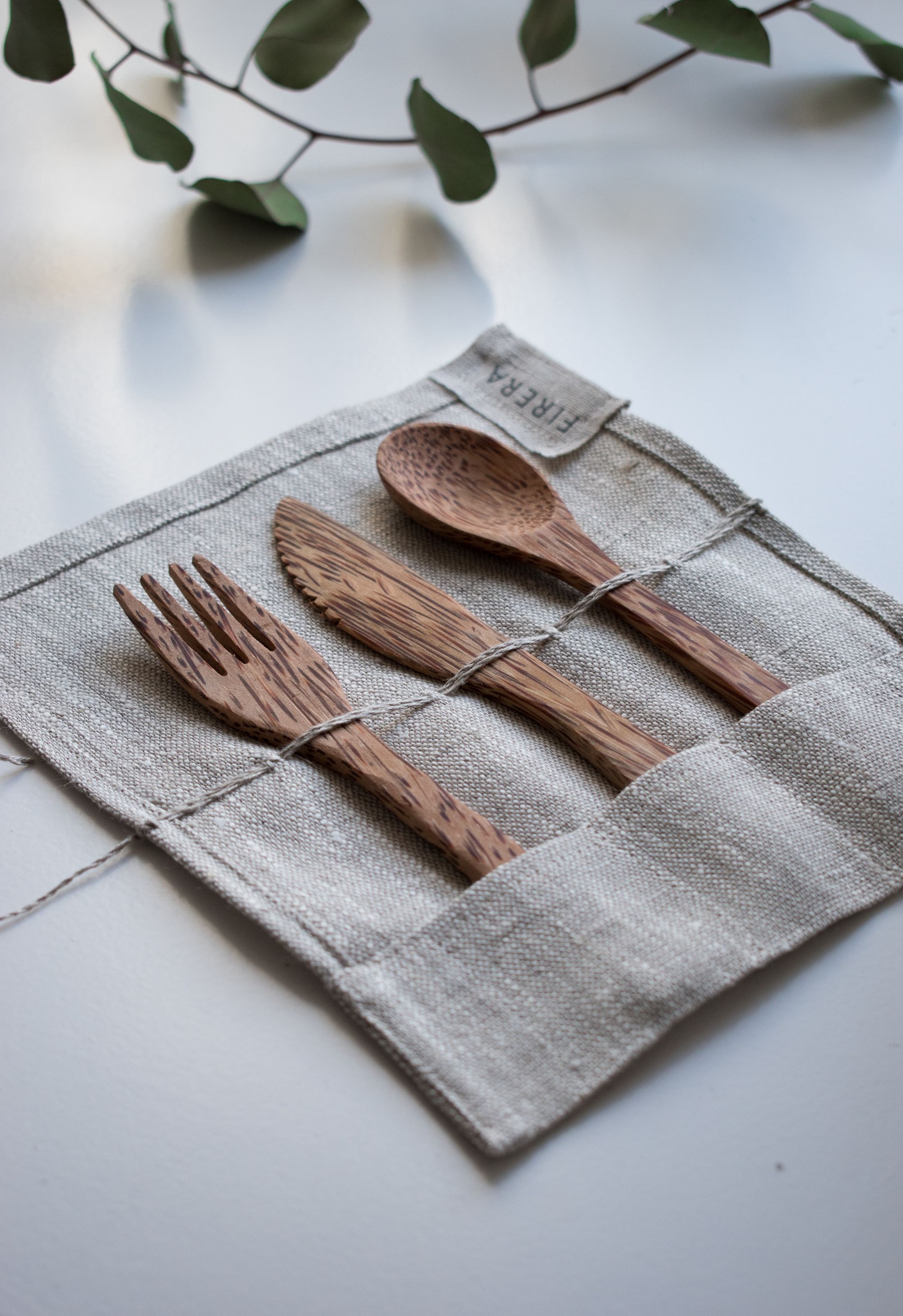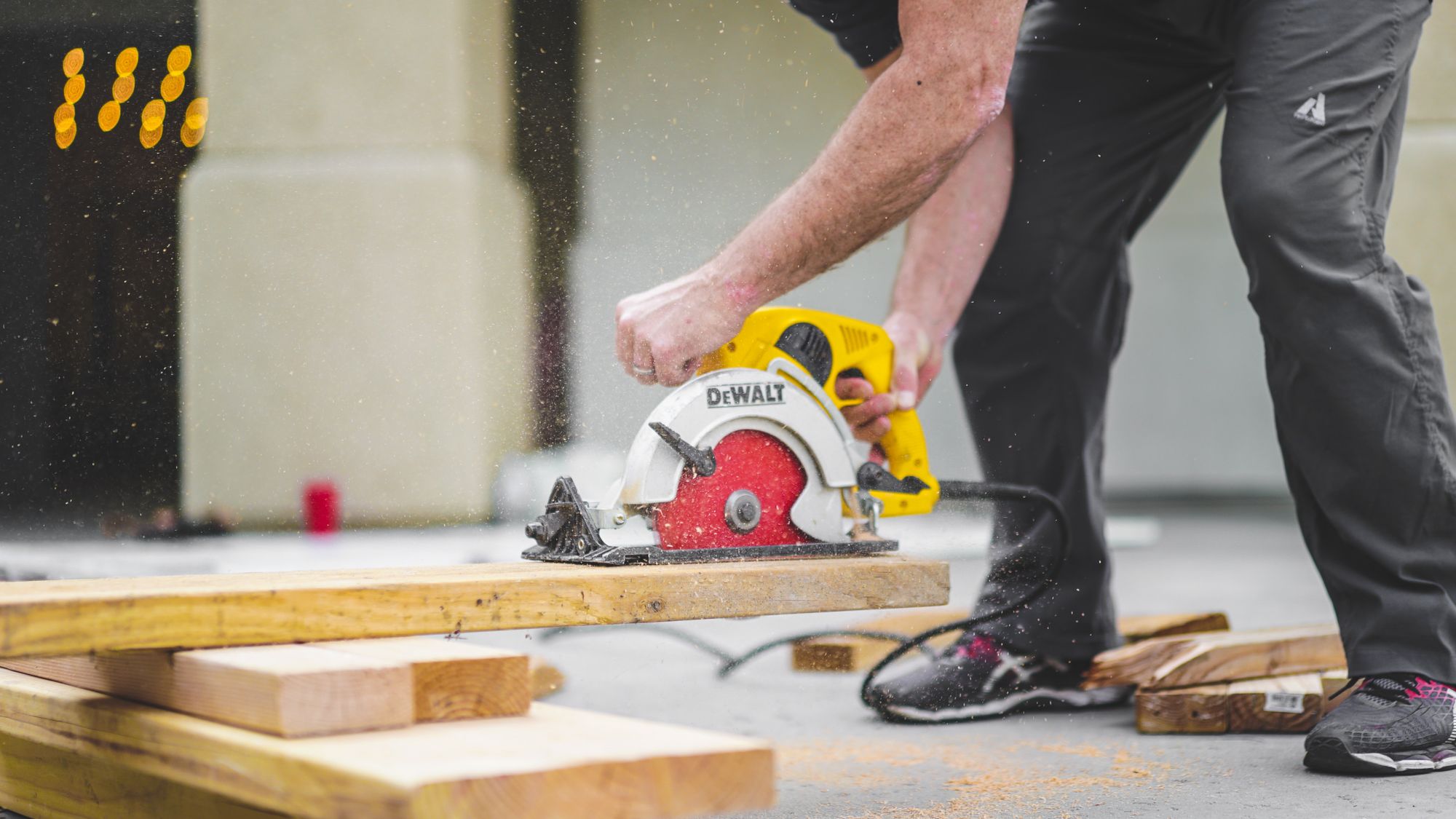When it comes to furniture production, guidelines are essential to ensure a quality end product. Without proper guidelines, it can be difficult to ensure that the furniture is safe, aesthetically pleasing, and structurally sound. Guidelines provide a set of standards to follow and can help to ensure that the furniture is durable and will last for many years.

This article covers the following:
- Steps for Furniture Production
- Types of Furniture Production
- Benefits of Furniture Production
- Tips for Furniture Production
- Tools for Furniture Production
- Challenges of Furniture Production
- Guidelines for Furniture Production
- How to Meet the Latest Guidelines for Furniture Production?
- How can Deskera assist you?
Steps for Furniture Production
Furniture production is a complex process that requires a great deal of skill and expertise. From designing and choosing the proper materials to constructing and finishing the piece, there are many steps involved in making a quality piece of furniture. Here are the steps involved in furniture production, from start to finish
#Step 1 Design and Materials Selection
The first step in furniture production is the design process. This involves deciding on the size, shape, and style of the furniture, and selecting the materials that will be used to construct it.
The materials used in furniture production can range from wood, metal, plastic, and fiberglass, to foam, fabric, and leather. Depending on the type of furniture, additional materials may be required.
#Step 2 Cuts and Joins
Once the design and materials have been chosen, the next step is to make the necessary cuts and joins. This involves cutting the materials according to the design specifications, and then joining them together using screws, nails, glue, or other methods.
#Step 3 Sanding and Finishing
After the furniture has been cut and joined, the next step is to sand and finish the pieces. Depending on the type of furniture, this may involve sanding the wood to create a smooth finish, or applying a stain or varnish to bring out the natural grain of the wood.
#Step 4 Assembling
Once the furniture pieces have been sanded and finished, the next step is to assemble them. Depending on the design, this may involve screwing, nailing, or gluing the pieces together.
#Step 5 Quality Control
The final step in furniture production is quality control. This involves inspecting the finished piece for any defects or issues that may need to be repaired or corrected.
Once the piece passes inspection, it is ready to be shipped or delivered to the customer. Furniture production is a complicated process that requires a great deal of skill and expertise. By following these steps, you can ensure that your furniture is of the highest quality and will withstand the test of time.
Types of Furniture Production
Furniture production is an important industry that provides essential pieces to our homes, businesses, and other spaces. While furniture production can look simple, there is a complex process that goes into producing quality pieces. Let’s explore the different types of furniture production methods and the benefits of each.
The most common type of furniture production is mass production. This involves the use of machinery to produce large amounts of furniture quickly and efficiently. This is the most cost-effective method of production, as it allows for larger quantities to be produced quickly and at a lower cost.
Mass production is great for businesses that need to produce a large quantity of furniture quickly. Custom furniture production is the process of producing furniture to an individual’s specific needs and specifications.
This type of production allows for more customization and can be tailored to an individual’s exact needs. Custom furniture production is more expensive than mass production and is not suitable for businesses that need to produce large quantities of furniture quickly.
The next type of furniture production is handmade furniture. This type of production involves skilled craftsmen and women producing furniture by hand. This is a more expensive and time-consuming process, but the results are typical of higher quality and have a unique look.
Handmade furniture is often used in luxury furniture pieces, as the craftsmanship and attention to detail are much higher than in mass-produced furniture. Finally, there is green furniture production. This type of production uses sustainable materials and processes that are better for the environment.
Green furniture is typically made from recycled or reclaimed materials and is produced using methods that reduce energy consumption and emissions. A green furniture is a great option for those looking to reduce their environmental impact and support sustainable practices.
No matter what type of furniture production you choose, the important thing is to ensure the production process is done in a way that meets your needs and produces quality pieces. Investing in quality furniture production will ensure your furniture lasts for many years to come.
Benefits of Furniture Production
Furniture production is an important part of many industries. It can be used to create pieces for home decor, office settings, and many other applications. It is also a great way to produce custom pieces for specific needs.
Furniture production has many benefits and advantages that make it an attractive option for both businesses and individuals. Here are some of the benefits of furniture production.
Cost Savings
One of the most obvious benefits of furniture production is cost savings. When companies produce furniture in-house, they are able to save significantly on labor and material costs, as they do not have to outsource the production to a third party. This can result in significant savings, both in terms of time and money.
Quality Control
Another benefit of furniture production is quality control. When a company produces its own furniture, it is able to control the quality of the products it manufactures. This ensures that the furniture produced is of the highest quality and meets the standards of the company.
Customization
Furniture production also enables companies to customize their pieces to meet the specific needs of their customers. This is beneficial for companies that offer unique products and services, as they can create pieces that are tailored to the customer’s needs.
Increased Efficiency
Furniture production also increases efficiency in the production process. By producing furniture in-house, companies are able to streamline the process and reduce the amount of time it takes to complete a project.
This can result in increased productivity and a higher rate of return on investment. Overall, furniture production has many benefits and advantages. It can save money, increase efficiency, and provide customization options.
It is a great way to produce quality pieces that meet the specific needs of customers. For businesses, furniture production can be a great way to reduce costs and increase productivity. For individuals, furniture production can provide an opportunity to design and create custom pieces that are tailored to their own tastes.
Tips for Furniture Production
Furniture production is no easy task. It requires plenty of planning and organization to ensure the entire process goes off without a hitch. Whether you’re a professional or just starting out, there are certain tips you can use to ensure that your furniture production runs smoothly. Here are some of the best tips for furniture production.
Research your Materials
Before you start making your furniture, it’s important to do your research on the materials you’ll be using. Different types of wood, metal, and other materials require different types of maintenance, so make sure you understand how to best care for your materials.
Sketch Out Your Plans
Once you’ve decided on the materials you’ll be using, it’s time to plan out your furniture. Sketch out the sizes and shapes of the pieces you’ll be creating and any details you want to add. This will help you visualize what your finished product will look like and make the building process much easier.
Measure Twice, Cut Once
This old adage still holds true in furniture production. Make sure you take the time to measure twice before you make any cuts. This will help you avoid wasted materials and costly mistakes.
Utilize the Right Tools
In furniture production, having the right tools can make a big difference. Invest in quality tools that will make the job easier and ensure that you get the best results.
Take Your Time
Furniture production is a process, and it’s important to take your time to ensure you do a good job. Rushing through the process can lead to mistakes and less-than-satisfactory results.
Quality Over Quantity
It’s better to spend more time and effort on producing one high-quality piece of furniture than several mediocre ones. Quality furniture will last longer and look better, so it’s worth the extra effort.
These tips will help you get the most out of your furniture production. Keep these in mind, and you’ll be well on your way to creating beautiful, high-quality furniture. Good luck!
Tools for Furniture Production
When it comes to furniture production, having the right tools is essential. From saws to drills and sanders, having the right tools can make all the difference in the speed, efficiency, and quality of your work.
Whether you’re a professional furniture maker or a DIY enthusiast, having the right tools can help you create beautiful works of art. Table saws are a staple in any furniture production shop.
They are used to make accurate, straight cuts in wood. Table saws range in size from small benchtop models to large industrial saws. Table saws can be either stationary or mobile, depending on your needs.
Drills are another important tool for furniture production. Drills are used to make holes in wood and can be powered by electricity, compressed air, or a battery. Drill bits come in a variety of sizes and materials, so be sure to choose the right bit for the job. Sanders is essential for smooth woodworking.
Sanders ranges from small handheld models to large stationary machines. Sanders are used to smoothing the surface of wood, making it more attractive and easier to work with. Routers are used to create decorative edges and shapes in wood.
Routers come in both stationary and handheld versions and come with a variety of bits to create different shapes. Clamps are essential for holding wood together while it’s being worked.
Clamps come in a wide variety of sizes and styles, so be sure to choose the right clamp for the job. For more intricate pieces of furniture, a scroll saw is a must. Scroll saws are used to cut intricate shapes in wood.
Scroll saws come in both stationary and handheld versions. Finally, you’ll need a workbench. A workbench provides a stable and comfortable surface for working on furniture.
Workbenches come in a variety of sizes and styles, so be sure to choose one that meets your needs. Having the right tools is essential for furniture production. From saws to sanders and clamps, having the right tools can help you create beautiful works of art. Be sure to choose the right tools for the job, and you’ll be on your way to creating beautiful furniture.
Challenges of Furniture Production
From the selection of raw materials to the final product, furniture production is an intricate process that requires skill, precision, and an eye for detail. While some aspects of furniture production require a certain level of expertise, there are many common challenges that all furniture producers must face. Here are some of the most significant challenges of furniture production.
Quality Control
Quality control is one of the most important aspects of furniture production. Quality control ensures that the furniture is made to the highest standards and is safe for use.
Quality control also ensures that the furniture is aesthetically pleasing and meets customer expectations. Quality control involves inspecting all the components of the furniture to ensure that they meet standards and are safe to use.
Cost
Cost is a major challenge when it comes to furniture production. As with any product, furniture producers must keep costs low in order to remain profitable. This often means finding cheaper materials, cutting production costs, and reducing the number of processes involved in the production of furniture.
Sustainability
Many consumers are now looking for furniture that is produced in a way that is sustainable and eco-friendly. This means furniture producers must use materials that are responsibly sourced and produced in a way that is less damaging to the environment.
Design
Design is an important aspect of furniture production. Furniture must be designed in a way that is aesthetically pleasing and functional. Furniture producers must also consider the ergonomics of the furniture and ensure that it is comfortable to use.
Safety
Safety is a major challenge in furniture production. Furniture producers must ensure that the furniture meets safety standards and is safe to use. This means that furniture must be constructed in a way that is strong and stable enough to bear the weight of the user and must be free of sharp edges or corners.
Overall, furniture production is a highly complex process and poses many challenges for producers. Quality control, cost, sustainability, design, and safety are all major challenges that furniture producers must face in order to produce furniture that meets customer expectations.
Guidelines for Furniture Production
Furniture production is a complex process that requires attention to detail and a keen eye for quality. Whether you are producing custom-made furniture or mass-produced pieces, there are a few guidelines to follow that can help ensure a successful outcome.
The first step in furniture production is to have a clear idea of what your product should look like. This includes having a design plan and timeline, which should be communicated to the entire production team.
Once the design plan is finalized, the production team should develop a materials list, which should include the type of wood, the type of hardware, and any other components needed for the piece.
The next step is to create detailed plans for the furniture, which should include accurate measurements and a list of materials that will be needed for the production process.
Having a detailed plan ensures that all aspects of the furniture design are accounted for and that the production team has a clear understanding of the expected outcome.
When it comes to actually producing the furniture, the production team should be sure to use the highest quality materials possible. This means selecting wood that is free of knots, blemishes, and other imperfections, as well as using hardware that is strong and durable.
Attention should also be paid to detail and craftsmanship during the production process, as this will ensure that each piece is of the highest quality. Finally, once the furniture is complete, a thorough inspection should be conducted to ensure that it meets all quality standards.
This should include visual inspections to check for any blemishes or flaws, as well as a functional inspection to make sure that all hardware is working properly and that the furniture is structurally sound.
Once the inspection is complete, the furniture should be packaged and shipped to the customer. Furniture production is a long and complex process, but following these guidelines can help ensure a successful outcome.
By paying close attention to detail, using high-quality materials, and conducting thorough inspections, you can ensure that your furniture is of the highest quality and that your customers are satisfied.
How to Meet the Latest Guidelines for Furniture Production?
As a manufacturer of furniture, it is essential to ensure that your production process meets the latest industry guidelines. This is to ensure that you are producing high-quality and safe furniture pieces that meet the safety and quality standards of the industry. Here are some tips to help you meet the latest industry guidelines on furniture production.
Stay Up to Date with Industry Standards
The furniture industry is constantly changing and evolving, so it is important to stay up to date with the latest industry standards and guidelines. Make sure to regularly check the websites of organizations such as the American National Standards Institute (ANSI) and the American Society for Testing and Materials (ASTM) for the latest guidelines.
Utilize Quality Control Tests
Quality control tests are an essential part of ensuring that the furniture pieces you are producing meet the latest industry standards. Make sure to conduct these tests on a regular basis to ensure that the pieces you are producing are safe and meet the required quality standards.
Use Automation
Automation can help to streamline the production process, making it easier to maintain the quality and safety standards of the industry. Automation can also help to reduce costs, as it reduces the need for manual labor.
Invest in Advanced Technology
Advanced technology can help to make the production process more efficient, allowing you to produce high-quality furniture pieces in a shorter amount of time. Investing in the latest technology can also help to reduce costs and increase productivity.
Utilize Proper Safety Measures
Proper safety measures are essential in the production process. Make sure to use the right equipment and take the necessary precautions to ensure the safety of your workers and the pieces you are producing.
By following these tips, you can ensure that your furniture production process is meeting the latest industry guidelines and safety standards. Doing so will help to ensure that you are producing high-quality, safe furniture pieces that your customers will be satisfied with.
How Can Deskera Assist You?
As a manufacturer, you must keep track of your inventory stock. The condition of your inventory has a direct impact on production planning. It also has a direct impact on people and machinery use and capacity utilization.

Deskera MRP is the one tool that lets you do all of the above. With Deskera, you can:
- Control production schedules
- Compile a Bill of Materials
- Produce thorough reports
- Make your dashboard
Deskera ERP is a complete solution that allows you to manage suppliers and track supply chain activity in real-time. It also allows you to streamline a range of other company functions.
Deskera Books allows you to manage your accounts and finances better. It helps maintain good accounting standards by automating billing, invoicing, and payment processing tasks.
Deskera CRM is a powerful tool that organizes your sales and helps you close deals rapidly. It enables you to perform crucial tasks like lead generation via email and gives you a comprehensive view of your sales funnel.
Deskera People is a straightforward application for centralizing your human resource management activities. Not only does the technology expedite payroll processing, but it also helps you to handle all other operations such as overtime, benefits, bonuses, training programs, and much more.
Key Takeaways:
- Sustainable wood is becoming increasingly popular as people become more conscious of the environment and their impact on it.
- Sustainable wood is a great choice for furniture and home décor, as it helps reduce our impact on the environment.
- When it comes to sustainability, wood is one of the most abundant and renewable resources available to us.
- With the increasing concern about global warming and deforestation, it's important to make sure the wood we buy is sourced from sustainable sources.
- Many companies are now labeling their wood with labels that indicate where the wood was sourced and how it was harvested. Look for labels that say FSC-certified, SFI-certified, or PEFC-certified.
Related Articles:










